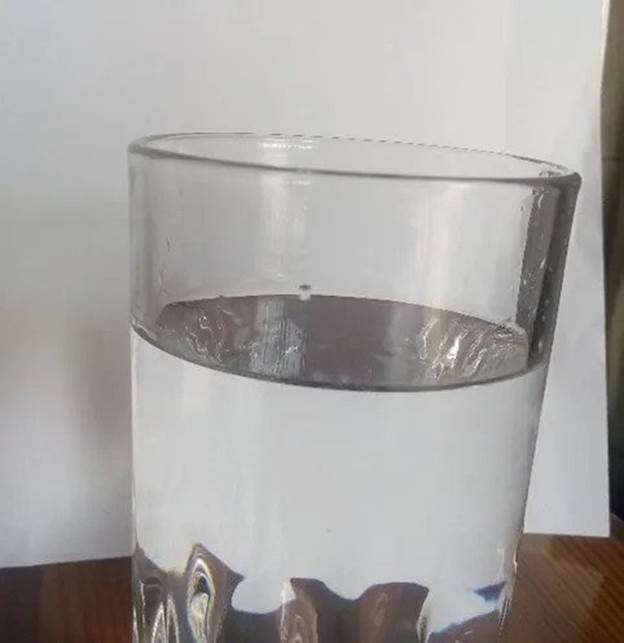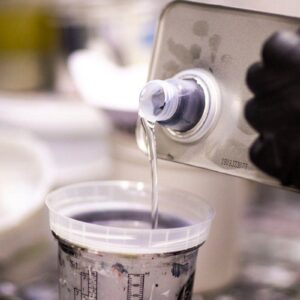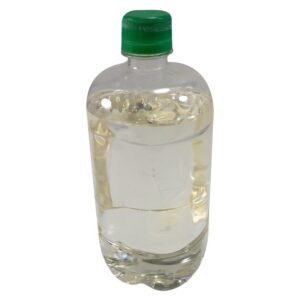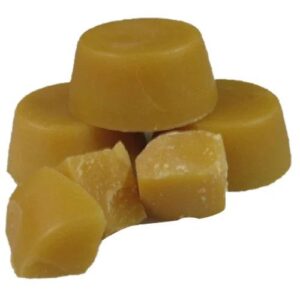Description
General Information
Among the hydrocarbons with low molecular weights are methane, ethane, propane, and ethane, whose moles have low molecular weights. The Light Hydrocarbons are the most important petroleum fractions that fall between C1 and C9 and are catagenic products formed between 75°C and 140°C. Even though cracking is widely supported, there is little evidence to support it, and inconsistencies argue against it. Higher hydrocarbons, for example, are too stable to be sourced at these temperatures to provide the LHs. Furthermore, LHs do not resemble cracking products in any way. Some of their structures are similar to those of precursors, while others are not, and there are no dominant natural structures consistent with cracking. All isomers can be found in alkanes, cycloalkanes, and aromatics, with no apparent preference for biological forms. The distribution of isomers is nearly constant from one oil to another, and thermodynamic equilibrium is far from reach.
It is unlikely that the Light Hydrocarbons are formed without catalytic support. Ratios of isoalkanes are almost constant in all oils and invariant between oils originating from the same source. Consequently, any theory attempting to explain their origin will be heavily constrained by the fact that certain heptane ratios must remain constant during LH production. Firstly, it is important to note that the facts presented here are completely at odds with the idea that the LHs descended from a few precursors through a steady-state kinetic process, which conflicts with the cracking of precursors.
Usage of Light Hydrocarbons
There is a predominant use for Light Hydrocarbons as combustible fuel sources. The dominant component of natural gas is methane, and the top constituents of gasoline, naphtha, jet fuel, and specialized industrial solvent mixtures are alkanes, alkenes, isomeric cycloalkanes, and isomeric cycloalkanes. As carbon units are gradually added to simple non-ring structure hydrocarbons, they can achieve higher viscosities, lubricating indexes, boiling points, solidification temperatures, and deeper colors due to the progressive addition of carbon units. I want to point out that the heavy tars that remain at the bottom of crude oil refining retorts as the lowest fraction is on the other end of the spectrum from methane. They are collected and widely used as roofing compounds, pavement composition, wood preservatives (the creosote series), and shear-resisting liquids of extremely high viscosity. It is through the use of petroleum and natural gas that hydrocarbons are used in large-scale applications that are non-fuel applications.
It is believed that Light Hydrocarbons can be used as a potential source of hydrogen energy due to their ability to decompose into hydrogen when thermochemical energy is used to decompose them.
Light Hydrocarbons
Technical data sheet & Chemical Formula
Light Hydrocarbons are hydrocarbons with low molecular weight, such as methane, ethane, propane, and butane. In organic chemistry, a hydrocarbon is an organic compound composed of hydrogen and carbon. Hydrocarbons are among the group 14 hydrides. The general characteristic of hydrocarbons is that they are colorless and hydrophobic, and their odors are either weak or exemplified by gasoline or lighter fluid odor. The fact that these compounds can occur in a wide variety of molecular structures and phases is also important to understand: they may be gasses (such as methane and propane), liquids (such as hexane and benzene), low melting solids (such as paraffin wax and naphthalene) or polymers (such as polyethylene and polystyrene). As far as the chemical formula goes, it is CnH2n.
| Flashpoint: -12.22 °C
Lower explosion limit: 1 %(V) Upper explosion limit: 7 %(V) Autoignition temperature: 411 °C Molecular weight: 114.26 g/mol Boiling point/boiling range: 99 °C Vapor pressure: 1.70 PSI Relative density: 0.69 Water solubility: Negligible Partition coefficient: octanol/water Viscosity, kinematic: 0.503 CST Relative vapor density: 1 Evaporation rate: 1 Percent volatile : > 99 % |
Packing of Light Hydrocarbons

Packing
Light Hydrocarbons as solvents are usually packed in 150 to 500 kg drums. As resins, they are packed in 25 to 250 kg and even more PP bags.
Safety & warning & transportation of Light Hydrocarbons
Generally, Light Hydrocarbons, such as gasoline and other volatile products, are relatively non-toxic, which is why they are widely used. In addition to narcotics and chronic toxins, aromatic compounds such as toluene and benzene are known to be carcinogenic. It has been shown that certain rare polycyclic aromatic compounds can be carcinogenic. Hydrocarbons have a high flammability index.






Reviews
There are no reviews yet.